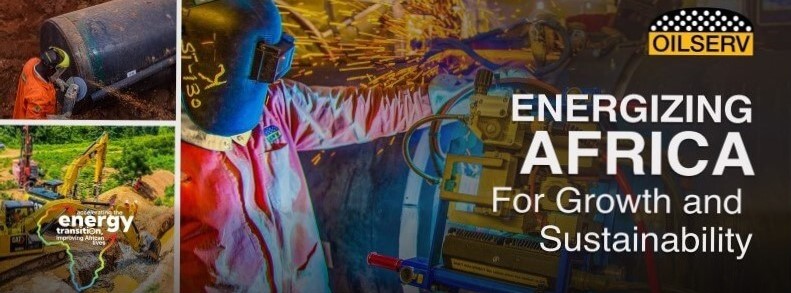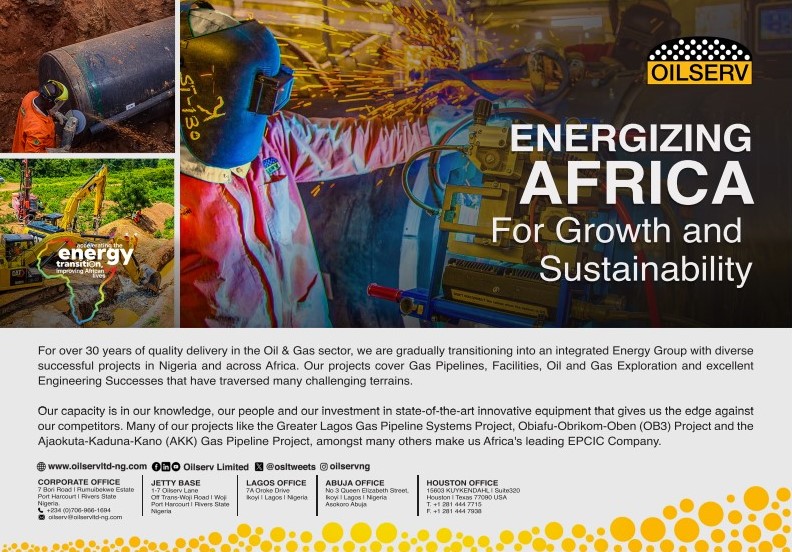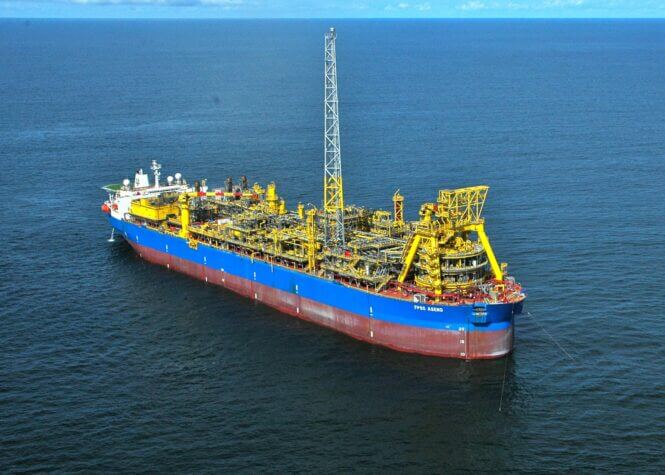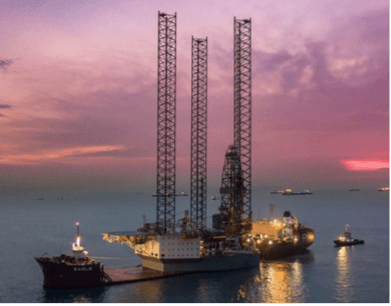
Now at its 22nd edition, the World Energy Review (WER) is the statistical review on energy, edited and presented by Eni. A reference for the energy industry, the publication has accompanied its evolution from conventional sources to renewables, devoting more and more space to strategic issues, such as natural gas and critical minerals, which are key to the energy transition.
To have the information promptly available, the publication takes place in 2 stages:
- July: preview of key variables for the oil and gas sectors, statistics on modern renewables and critical materials
- October: full version with full declination and update of all variables
Like last year, in addition to the pdf version, an interactive platform is also available to help navigate through specific sections.
In 2022 the energy market, which was gradually recovering from Covid pandemic, experienced a new discontinuity due to the Russian invasion of Ukraine.

The war had major ramifications on the global economy, the drastic change in the monetary policies of Central Banks, the need to reconsider energy flows with the exclusion of Russia’s oil and gas volumes.
In the World Energy Review (WER), now at its 22nd edition, the evolution of the main energy variables is depicted: oil, gas, new renewables and critical minerals. Specifically, in 2022, the following highlights emerge:
World Energy Mix – World primary energy consumption grows at a rate close to 1% vs. 2021, confirming the almost unbroken trend of recent decades. In terms of composition, fossil fuels continue to cover about 80% of energy demand, an amount that has been essentially stable for 30 years. The share of renewables (solar and wind) in the energy mix grows, but their weight still remains limited, at just 3%.
Oil – Prices up 43% y/y (Brent at 101.2 $/b), amid continuing demand growth (+2.2 Mb/d) to 100 Mb/d, almost fully recovering from the pandemic-related loss (-0.7% vs 2019) with an equal contribution between OECD (+1.1 Mb/d) and non-OECD (+1.1 Mb/d). World oil production increases by 4.3 Mb/d, with growth concentrated in Gulf OPEC countries due to the unwinding of 2020 cuts. In terms of crude quality, a halt in the barrel lightening process is confirmed, with a slight decrease in the share of Light crudes in favor of Medium and Heavy crudes. Net refining capacity returns to grow in 2022 with the entry of new projects in the Middle East and China amounting to just under 2 Mb/d.
Gas – Prices reach significantly high levels directly affecting downstream commodities, foremost among them electricity, with major impacts on consumers, governments, production systems, and the entire global economy. Thermal year 2021/22 begins with significantly reduced inventories and gas prices 7 times higher than on October 1, 2020. Europe compensates the shortfall in pipeline imports from Russia mainly by attracting additional LNG volumes, pays higher prices, and loses its traditional role as a global balancer by becoming the premium market capable of generating pressure on all major gas price indices. Global gas demand overall in 2022 falls by more than 1%, after a post-pandemic rebound in 2021 (~+5%), with divergent dynamics on a global scale: sharp braking in Europe, Russia, and Asia, only partially offset by growth in the US and Middle East.
Renewables – Although installations have been growing exponentially in recent years, the share of solar and wind in the electricity generation mix has risen to just above 10%, compared with more than 60% generated by fossil fuels (including 36% of the total generated by coal).
Critical minerals (cobalt, copper, lithium, nickel, rare earths and silicon) – They play a key role in some key transition-related technologies: batteries (cobalt, lithium and nickel), wind (rare earths) and solar (silicon). Most of them show significant growth in terms of production, also reflecting increased demand. Nickel and lithium mark the largest increase (over 20%).
Finally, it is worth mentioning how the new energy setup has also affected CO2 emissions from fuel combustion, which spiked again (+1%, after the post covid recovery recorded in 2021), resulting from the increase in coal consumption.





















